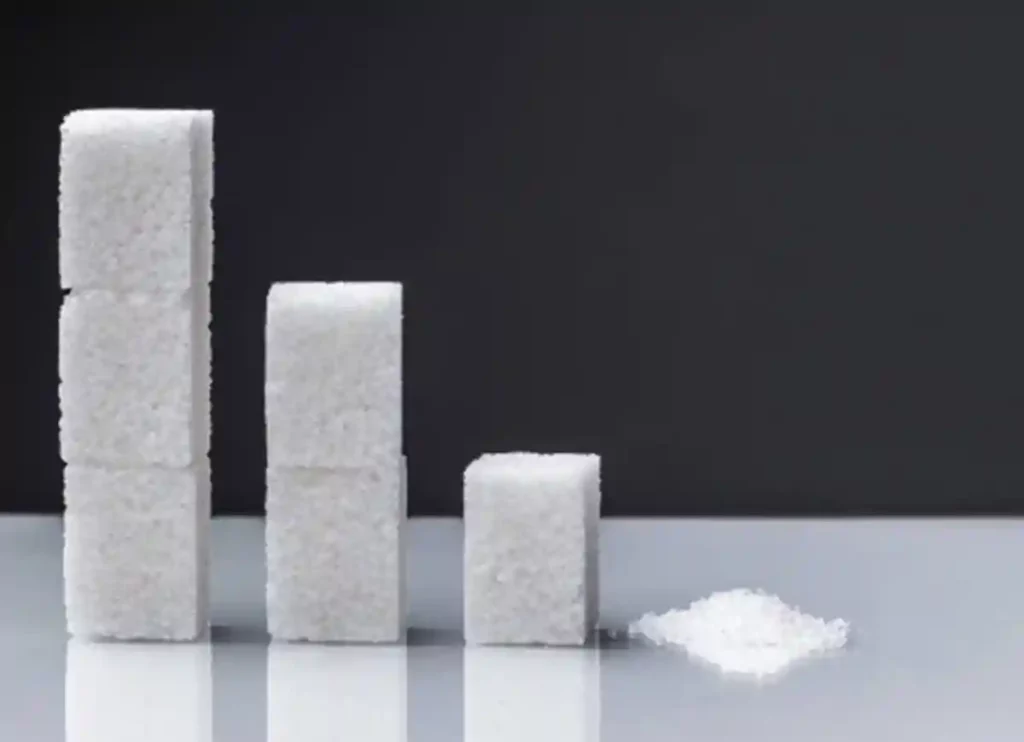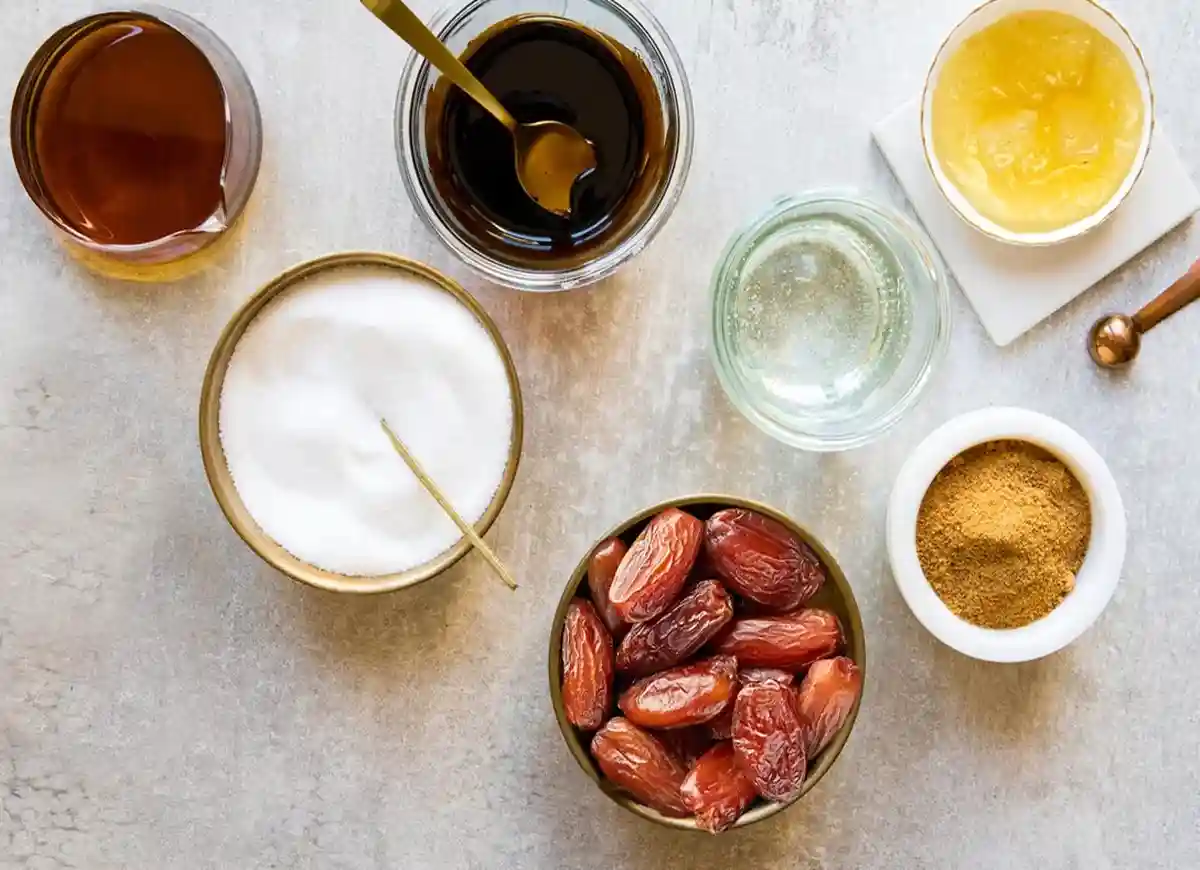Unveiling The Sweet and Low of a Healthier Lifestyle – Navigating the Benefits and Challenges of Cutting Sugar for a Healthier, Sweeter Life” Bashir Ali 1 lost both his parents to the fatal effects of diabetes. He witnessed his parents suffer from strokes, vision loss, and gum, heart, and kidney disease, all consequences of the uncontrolled sugar levels in their bodies.
“Their quality of life was lost early on, and I don’t want the same for myself,” says Ali.
Ali was diagnosed with diabetes in 2016 at the age of forty-four. He knew it was inevitable with his gene pool. Not only did both his parents suffer from it, but so did his four grandparents. According to the Centers for Disease Control and Prevention, “more than 37 million Americans have diabetes (about 1 in 10). Type 2 diabetes most often develops in people over age 45, but more and more children, teens, and young adults are also developing it.”
For the last seven years, Ali has been working with his doctor to regulate his blood sugar through medication to little avail. Recently, Ali was informed that he would need to start taking insulin (a hormone produced in the pancreas that regulates the amount of glucose in the blood) if his A1C levels do not decrease.
According to the American Diabetes Association, this relatively simple A1C blood test shows one’s average blood glucose levels over the past two to three months. The higher the levels, the greater the risk of developing complications.
“I finally decided to get serious about my sugar intake,” says Ali. “I don’t want to have to take insulin injections.”
There are many diseases linked with high sugar intake, like heart disease, diabetes, and cancer. Sugar is addictive and interferes with the body’s natural hormones that regulate hunger and satisfaction, which can cause excessive cravings and overeating. It can harm one’s metabolism, increasing insulin and fat storage.
Ali lost ten pounds after significantly reducing his sugar consumption in just one month. If he does get a sugar craving, he will turn to a moderate amount of fruit. The most considerable elimination of sugar from his diet has been from no longer drinking soda.
“I was drinking soda five to six times a week,” states Ali. “I just had to quit altogether and not look for alternatives. Even my last eye exam was better at age fifty-one. My father lost vision in one eye due to his diabetes. These are all wake-up calls.”
The first general recommendation Dr. Saadia Mian, an endocrinologist in southeastern Michigan, gives to her patients who need to reduce sugars is to decrease or give up sugary drinks and foods with added sugars. These can be juices, carbonated drinks, or sweetened tea or coffee.
“When you drink the sugar instead of eating it, your blood sugar spikes very quickly, which then spikes the insulin level to bring down the sugar,” explains Dr. Mian. “Insulin is the bridge that takes sugar from the bloodstream to our cells.
When there is a defect with the insulin bridge, sugar can’t get into the cell and is floating around in the bloodstream. The body thinks it needs more insulin and produces more, but the pancreas can’t keep up. The high insulin levels can lead to weight gain, diabetes, hormone abnormalities, and other health issues.”
According to Dr. Mian, other ways to reduce blood sugar are eating less and exercising more. She states that moving more increases insulin sensitivity and supports blood sugar from the bloodstream.
“The main thing is to avoid processed sugars,” Dr. Mian advises. “And, yes, you can do it cold turkey. It takes roughly ten to fourteen days for our palates to change and our taste buds to alter what they crave. Even two weeks without sugar can make a significant difference. Once that cycle is broken, it’s easier to make better choices.”

Dr. Mian attributes the compromised quality of consumption, as well as environmental toxins, to the reason why younger generations are dealing with more hormonal issues like polycystic ovarian syndrome (PCOS) and insulin resistance than their mothers.
How much is too much added sugar, though? The American Heart Association suggests a daily added-sugar limit of about six teaspoons for most adult women and no more than about nine teaspoons of sugar for most men.
An eight-ounce can of soda alone has twenty-six grams of sugar. The exact amount of orange juice is twenty-four grams of sugar or the equivalent of four oranges.
Tooba Zafar of Des Plaines, Illinois, was shocked to learn how much added sugar was in her daughter’s snacks.
“I could not believe what I found in basic foods like bread, juice, granola bars, and yogurt!” recalls Zafar, studying couple and family counseling. “Sugar wasn’t always a weakness for me, but now it seems to be, especially when I have not slept well or am too stressed. To avoid temptation, I keep tiny sugary foods in the house.”
To practice accountability and learn how to reduce sugars effectively, Zafar started working with a certified nutrition specialist. Through a balanced diet and exercise, she could feel fuller with more nutritious meals and became less dependent on fulfilling her sugar cravings.
Her lifestyle change resulted in clearer skin, higher energy levels, less fatigue, and steady weight loss. Recently, Zafar’s father was diagnosed with diabetes and immediately changed his eating habits by making better food choices.
“I like the change at my parents’ house now,” Zafar says. “Reducing our sugar intake can be sustainable even more when you have consistency and support amongst your family. It shouldn’t feel like you’re depriving yourself but taking care of your health instead.”
It can be challenging to get everyone on sugar reduction, though. Layla Shamsi 2 has lived a sugar-free lifestyle since 2019 but has only sometimes received backing from friends and family.
“Giving up sugar takes a lot of self-discipline and can feel lonely at times,” shares Shamsi, a mother of three. “It’s not for everyone, so I don’t try to bring attention to it. I started gradually weaning myself from unnecessary foods that I knew weren’t good for me and rewarded myself with treats in moderation here and there. It took me nine months to give up sugar and clean up my eating with more vegetables and less processed foods.”
For Shamsi, sugar feels “like a drug,” and she went through withdrawal syndrome. At night, she would have intense sugar cravings but refrain from even walking into the kitchen. Now, she feels she is in “maintenance mode” at forty with her husband.
“This has just become our norm: low sugars and sodium, lean protein, clean carbohydrates, smaller portions, and home-cooked meals,” Shamsi notes. “It’s not a diet but a healthier lifestyle that shows our kids how to value and appreciate food.
Our culture makes us feel like we must eat to our fill or until we’re satiated. That’s not the Prophetic way. We should eat to the point of not being hungry anymore. It’s our nafs [desire] that wants more and more until we feel full and satisfied.”
Categories: PRAYER (Salat), ALMS (Zakat), SAWN (Fasting) HAJJ (Pilgrimage) & DUA (Supplications), Hadith and Tafseer, The Holy Quran, Quran Jaz 1- 114
Topics: Ushr and Zakat, Hijab, Arabic Corner, Faith, Islamic History, Biography, Sirat ul Nabi PBUH, Islamic Studies, Halal & Haram








